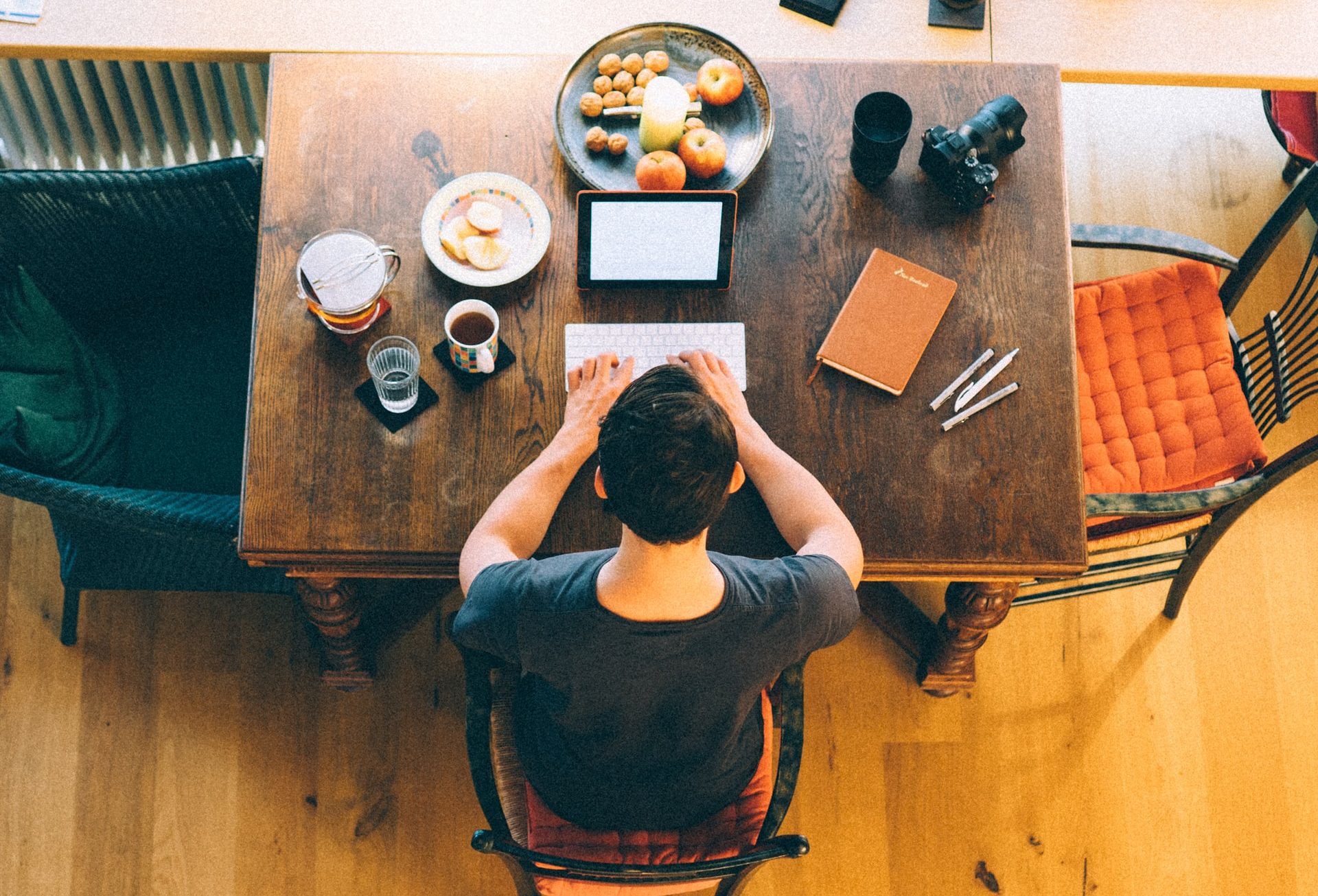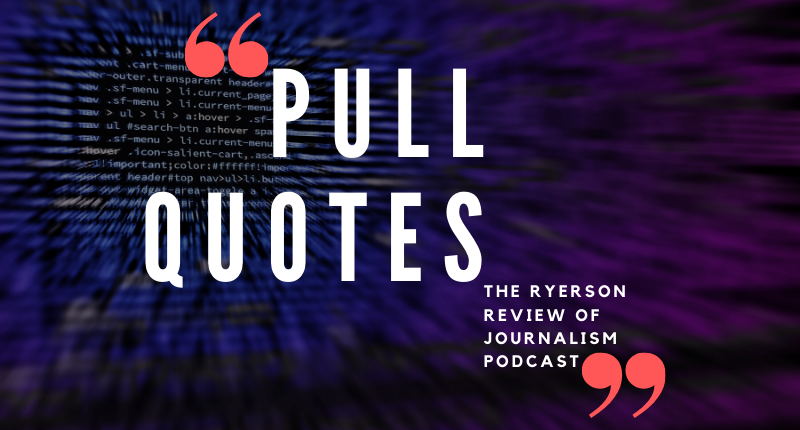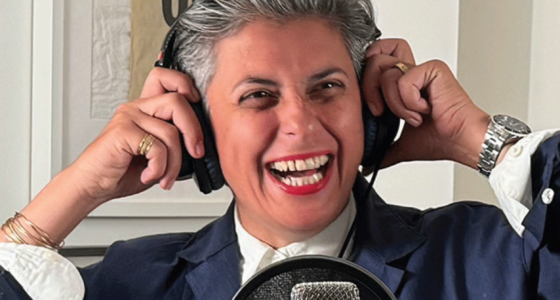Canadian freelancers know the tribulations of working from home. We asked eight of them to help the rest of us survive the new normal
On March 12, Ontario Premier Doug Ford declared a province-wide state of emergency, given the intensifying spread of COVID-19, a contagious illness confirmed by the World Health Organization to be a pandemic. Schools, community centres, libraries, restaurants, and offices are closed, and gatherings of 50 people or more are banned until further notice. (Today, Ford announced that mandated closures will apply to all non-essential businesses.) For many, following the instruction to social distance, quarantine or isolate means that for the first time, they must work from home, where distractions and temptations to surrender self-discipline abound.
While staying indoors is the right thing to do for public health, the industry’s swift pivot to makeshift home offices has caused a palpable air of loneliness, disorientation and, for some, panic. No one knows this struggle better than freelancers, who were managing isolation and distance long before COVID-19 changed the workday as we know it. To help full-time office employees adjust to their new surroundings, eight Canadian freelance journalists shared their WFH wisdom with the Review.
Compartmentalize work and leisure
As tempting as it may be, do not work from bed. This was a mistake Sharine Taylor, editor-in-chief and publisher of BASHY Magazine, made when she became a freelance writer four years ago. She says working from a comfort zone can be a tough habit to break. Taylor now has a designated area of her home that she works in, separate from her bedroom. “I have the privilege of being in a multi-level home, so I try to see any space that is above the first level as my home space,” says Taylor. “Both my dining table and my desk are downstairs, so I try to make downstairs the space that I do the bulk of my work in.” Taylor relies on her own kitchen for coffee and snacks. “Be conscious and make active choices about the locations in your house that you are working out of,” says Taylor. Once your work is finished, she adds, it’s important to pack up and let your house become your home again.
Schedule your time
Without a schedule, you may find yourself working for hours on end without taking a break, or aimlessly scrolling social media for longer than you’d like to admit. Nora Loreto, a freelance journalist who has contributed to The Washington Post, The Walrus, The National Observer and Briarpatch Magazine, and who co-hosts a podcast called Sandy and Nora, says that creating a clear timeline allows her to optimize productivity. Most of her day revolves around her children. “There’s definitely a difference in how I work now, versus how I worked when I had no kids”, she says. “Having kids makes a big difference because you’re structuring your life around when you need to pick them up and drop them off.” (She says she cherishes the walk to and from school, because it allows her to get fresh air.) Loreto begins her workdays at 8:30 a.m., and finishes at 5 p.m. After that, she leaves her desk, and tries not to look at her phone or answer emails. She also schedules a 45-minute break everyday, allocated to physical activity. To those who might find their new circumstances challenging, Loreto adds: “Take notes, whether it’s physical notes or mental notes, on what is working and what isn’t working, and take this one day at a time until you find a groove that works for you.”
Make your workspace your own
Sitting at your workspace without any nearby motivators can be gloomy, and can encourage online distractions, says Shenaz Kermalli, a freelance journalist who lectures at Ryerson University and has worked with CBC, BBC and Al Jazeera English. Kermalli has a large world map above her desk to remind her of her work’s important purpose. “I specialize in writing about geopolitical issues, so it’s helpful for me to have a map of the Middle East — the area I cover the most in my writing — for geographical reasons, but it also keeps me focused. It’s very grounding to me in the sense that I remember we’re all global citizens,” she says. She also keeps a small cactus on her desk, noting that she finds the plant beautiful in an unconventional way. “The beauty of cactuses almost comes from the fact that they are so prickly. They’re not pleasant to touch, but I think that’s symbolic of many of the things I write about,” she says.
On the importance of designing a work area that feels inspiring, Kermalli says, “I encourage people to create their own space within the house as much as they can. One thing I’ve learned over the years is that if you don’t create that physical space for yourself, and also that mental space, no one’s going to create it for you.”
Keep a consistent routine (but leave your desk)
Katherine Laidlaw, a National Magazine Award-winning freelance journalist whose work has appeared in Toronto Life and The Atlantic, says that maintaining her pre-social distancing routine as much as she can has proven to be beneficial. “I didn’t realize how necessary structure was for my productivity until I didn’t have it,” she says, referring to the early days of her freelancing career. (Laidlaw had previously been a senior editor at The Walrus.) “I have sort of devoted myself to being a morning person, even though I don’t necessarily sway that way naturally. I try to get up between 6 and 7 a.m. I get dressed every day. I work as much as I can in the morning, because that’s when I feel most productive. The hours between 7 and around 9:30 a.m. are when I’m not getting emails, and so I get a lot of my writing done during that time.”
Laidlaw says that taking a daily walk is another important part of her practice. “It clears my head,” she says. “That’s when I think of some of my favourite sentences.”
Be kind to yourself
For Anupa Mistry, an arts journalist who contributes to publications such as The Globe and Mail, Pitchfork, The Guardian, and Rolling Stone, and who hosts and produces a podcast called Burn Out, inward kindness is key. “If I let go of some of the guilt of cleaning the house in the middle of the day or running out for an errand, then I’m able to structure my workday in a way that makes more sense to me, and makes more sense to my own internal body rhythm,” she says. “Sometimes people get caught up in being frantically busy and things get neglected,” continues Mistry. “Your personal health gets neglected, your relationships get neglected, your housework gets neglected, your eating habits get neglected, all of these things. Starting my day involves making my bed, and having coffee, and writing in my journal, and then reading my email — there’s care built into that.”
Close your laptop and close your tabs
Once the workday is over, it’s important to respect both mental and physical boundaries. For Matthew Braga, a freelance journalist who has covered technology for The Globe and Mail, Bloomberg Business and The Verge, this means closing all of the tabs — yes all of the tabs — on his computer. This allows him to use his laptop for personal use without becoming distracted. “If I want to chat with friends, or make music, or do other things, even the act of going through and closing down all the work tabs and work sites that I’ve been using during the day can be useful,” he says.
Braga has also experimented with using entirely unique profiles to differentiate between work and personal use on the same computer in order to “psychologically separate”. “If I spend days and days just sitting in front of a screen, not getting out, not taking breaks and not letting my brain switch off, I find that my capacity to work certainly goes down,” he says. “…It just becomes harder to concentrate.” He suggests the Pomodoro Technique, a time management method that breaks work into 25-minute intervals, followed by short pauses of about 3-5 minutes. “Give yourself time to breathe and think and relax, and then jump back into work feeling refreshed and ready to go,” he says.
Check in with your community
Luke Ottenhof, a freelance journalist whose work has been featured in NOW Magazine, the Columbia Journalism Review, Pitchfork, The Globe and Mail and The Guardian, says that his day-to-day work habits fluctuate. For Ottenhof, there’s self-care in permitting flexibility within his productivity style. “Working from home can exacerbate the experiences of anxiety and depression,” he says. “I definitely find that to be a challenge.” Ottenhof says it’s important to stay connected with communities both inside and beyond the journalism industry, and recommends knowing where to access mental health resources. (He points to a handbook of free or affordable mental health resources compiled by Toronto artist Kristel Jax, as one example.)
“Staying in touch with your friends, family, neighbours, and immediate community will help you cope with isolation”, he says. “People who are part of your community, even if not locally, who you can lean on and who can lean on you, that reciprocal relationship of helping and being helped, is really important in times like this.” He adds that, “The work you do doesn’t define your identity, even though it so often feels like it does. There’s so much more out there. I’d really recommend reading How to Do Nothing: Resisting the Attention Economy, by Jenny Odell. It’s a good primer on the idea of taking a step back from work while remaining engaged with and responsible to your community.”
Rest — and not just on the weekend
When you work from home, it can be tempting to keep at it until the point of exhaustion. That’s why opinion columnist Vicky Mochama, who has contributed to The Globe and Mail and the Toronto Star, tries to give herself one day off each week to rest. “When you’re working seven days a week, you never know when editors or clients are going to get back to you, or what opportunities you’re going to have that take over the weekend,” she says. “If you can give yourself a break, I think that’s deserved…I don’t always take it, but I try to set aside a day in the middle of the week.”
If you’re new to working from home and having trouble adjusting to the transition, Mochama says to be easy on yourself. “Just do it the best you can, and do what is best for you,” she says. “Don’t feel like you’re doing it wrong. You’re just still figuring it out.”





